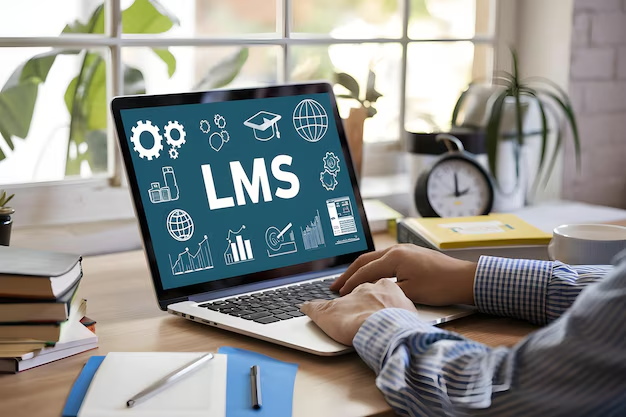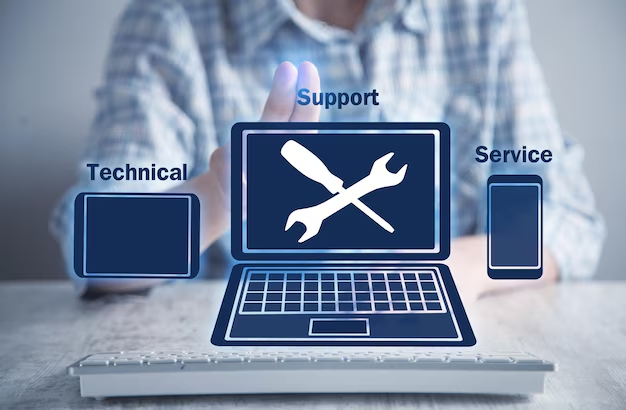
Learning Management Systems (LMS) are vital tools for organizations, companies and educational institutions to manage, deliver, and track training programs, courses, assessments etc. Efficient LMS setup, administration, and maintenance are critical to ensure that the platform operates smoothly, providing an optimal learning experience for users.
The LMS setup process involves configuring the system to meet the specific needs of the organization or institution. Proper setup ensures the platform is user-friendly, aligns with organizational objectives, and is ready to deliver an optimal learning experience.
LMS setup includes system configuration, branding, access control, and compliance alignment. It also involves integrations (e.g., HR systems, LDAP) and importing structured course content for seamless learning.
LMS training includes admin guidance on course setup, user management, reporting, and troubleshooting, while end-user training ensures learners and instructors can navigate courses, discussions, and assessments seamlessly.
Thorough system testing ensures the LMS is free of bugs and usability issues before deployment. User Acceptance Testing (UAT) verifies functionality, gathering feedback for final adjustments.
LMS administration refers to the ongoing tasks and responsibilities associated with overseeing the proper functioning of an LMS platform. Administrators play a key role in managing user access, ensuring content is uploaded and updated as needed. Key tasks involved in LMS administration include:
Admins manage account creation, user roles, and permissions, ensuring appropriate access for learners, instructors, and managers. They handle course enrollment and track learner progress accurately. Additionally, they generate reports on user activity, course performance, and key metrics to help organizations assess learning outcomes.

Admins oversee course setup, including modules, assessments, and certifications, ensuring alignment with organizational goals. They manage content delivery in various formats, such as MP3, MP4, PPTX, DOCX, PDF, HTML5, SCORM, AICC, and xAPI-compliant packages. Additionally, they track compliance and maintain up-to-date certifications to meet industry standards and regulations.

LMS admins provide technical support to learners and instructors, resolving login issues, content access problems, and other technical difficulties. They also address system integration issues to ensure seamless platform functionality, user management, performance optimization, and security compliance.

Once an LMS is set up, ongoing maintenance is required to keep the system secure, up-to-date, and performing optimally. LMS maintenance services typically include: